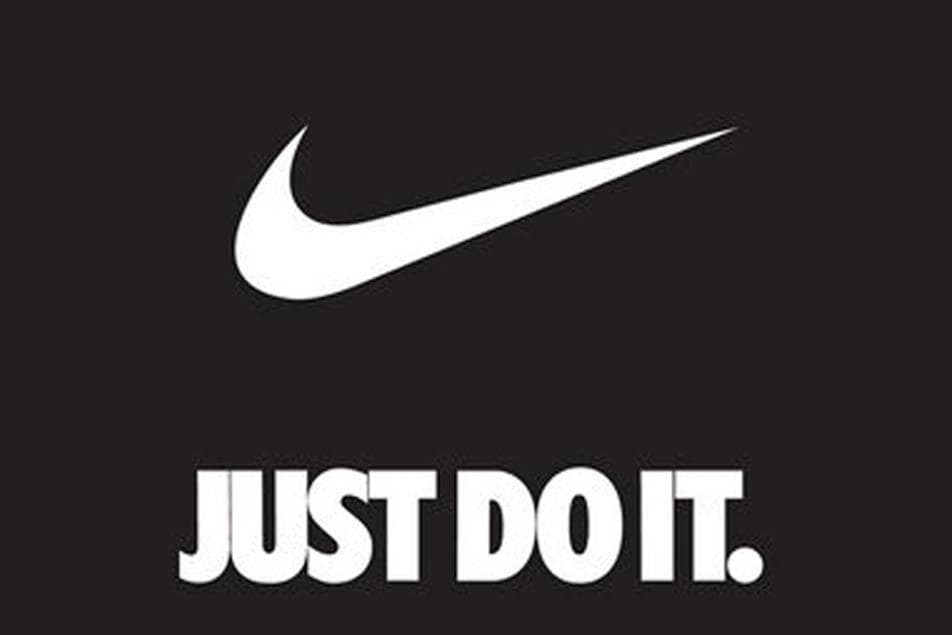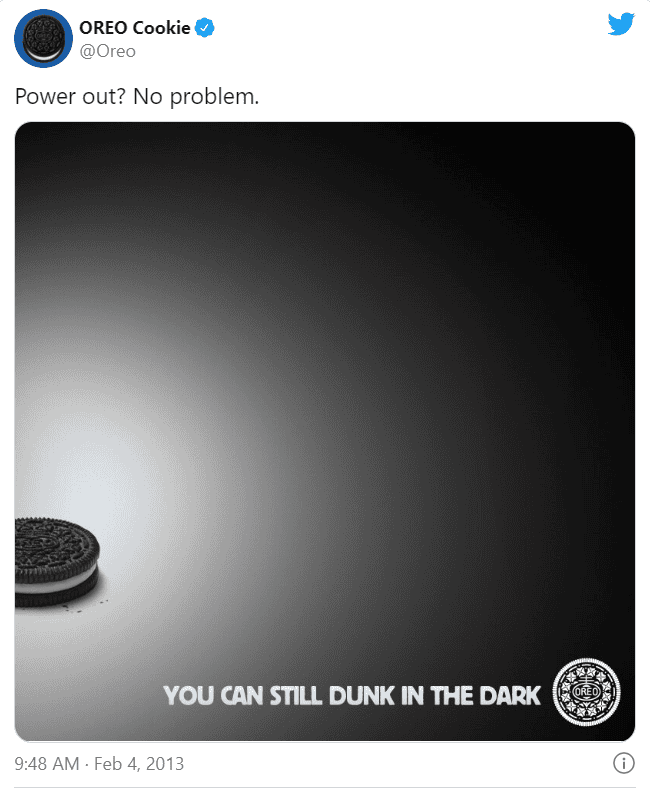Planning and executing a creative strategy helps you reach your business goals fast and avoid common marketing mistakes businesses make. How?
A creative strategy enables you to:
- Identify and reach your target audience
- Design creative assets that stand out in a crowded market
- Clarify your brand message and values
In this blog post, we will discuss how to build a solid creative strategy, explore examples, and discover new tactics for implementing it.
Ready? Let’s go!
Table of Contents
What is a Creative Strategy?
A creative strategy is a well-thought-out plan that details the steps you need to take to reach outlined goals and objectives in your company.
Just like a roadmap for a journey, a creative strategy provides a detailed plan that helps marketers and creative teams reach their destination, successfully communicate their unique values, and stand out from the market.
These objectives include establishing a brand identity, marketing, customer personalization, or improving sales. Regardless of these objectives, implementing creative ideas and driving long-term business growth involves a strategic process.
Businesses have different creative strategy statements. However, most creative strategies have the following key components.
- A clear definition of marketing objectives.
- Detailed research on your target audience and their needs.
- Key marketing campaign message.
- Unique selling proposition and positioning across all marketing channels.
- A realistic budget with appropriate resource allocation.
- Clearly outlined steps, milestones, and deadlines to ensure smooth execution of the creative strategy, as well as key performance indicators (KPIs) to measure the success of the creative strategy.
Why is a Creative Strategy Important in Marketing?
A creative strategy sets the course for your business marketing efforts.
Imagine going on a road trip to unfamiliar terrain without a map — you may eventually get there, but not without the unnecessary detours and wasted time and resources. So, a creative marketing strategy statement sets the stage for a successful business journey.
Additionally, standing out is more challenging than ever due to the internet proliferation. The abundance of information has led to an overload for consumers, making it vital for businesses to distinguish themselves with a creative strategy statement. When you design a creative strategy, you craft a unique brand identity that sets your business apart.
This distinctiveness helps capture the attention of consumers bombarded with multiple choices and build customer loyalty.
Furthermore, planning and executing a creative strategy will help your business create marketing campaigns that resonate with your ideal customers, leading to better engagement.
Read also: All the Basics of Omnichannel Marketing (+Examples)
Examples of Successful Creative Strategies
Let us briefly consider successful creative marketing strategies from different companies across different niches to see what works.
Apple’s “Think Different” campaign
Apple – Think Different – Full Version
Apple’s iconic “Think Different” campaign in the late 1990s celebrated individuals who defied the status quo.
The creative strategy example focused on inspiring innovation and individuality, aligning Apple with a mindset rather than just products. This marketing campaign contributed significantly to Apple’s brand identity and success.

Dollar Shave Club’s viral video
DollarShaveClub.com – Our Blades Are F***ing Great
Dollar Shave Club disrupted the razor industry with a humorous, low-budget viral video. The creative strategy example combined witty storytelling with a direct-to-consumer approach, effectively conveying their value proposition.
This unconventional marketing approach led to widespread brand recognition and the success of their marketing campaigns.
Nike’s “Just Do It” slogan
Nike’s “Just Do It” campaign is a timeless example of a simple yet powerful creative marketing strategy. The slogan, compelling visuals, and athlete endorsements transcended the sports industry. It urged consumers to embrace challenges and strive for success, fostering a strong emotional connection with the brand.

Oreo’s “Dunk in the Dark” tweet
During the 2013 Super Bowl blackout, Oreo quickly capitalized on the moment with a simple yet timely tweet: “You can still dunk in the dark.” This real-time marketing approach showcased Oreo’s creativity and agility, resulting in widespread social media engagement and positive brand sentiment.

Read also: 14 Creative Customer Engagement Strategies for Small Businesses
Key Components of a Creative Strategy
Every company’s creative strategy differs based on its business objectives and niche. However, here are some key components to include when building a creative strategy.
Set goals and define success
The first step to designing a creative strategy is clearly understanding your business goals and objectives. Whether building a brand identity, increasing customer engagement, or driving sales, you must state your objective clearly and then make every aspect of your creative strategy around achieving this objective.
The SMART method is one proven method of setting goals that align with your objectives. It is an acronym for Specific, Measurable, Achievable, Relevant, and Time-bound.
When setting an objective for your creative strategy, you must be specific about what you aim to achieve, avoid ambiguity, and document key performance indexes to measure the success of your strategy.
Design creative assets for your target audience
Your audience is the centerpiece of your marketing strategy. Therefore, after defining your goals, the next step is to identify your audience and create creative assets that resonate with them.
To achieve this, you must have an in-depth understanding of your audience, their pain points, and their unique interaction with your brand. The best way to understand your audience is by creating an audience persona based on thorough market research.
Understanding your audience will also help you craft more personalized content across your marketing channels, leading to more engagements and conversions. One example of this is the use of personalized email subject lines, which have been shown to improve engagements and conversions.
Select the right marketing channels
Finding the right channel to reach your audience requires an in-depth understanding of your target audience and business model.
For example, an eCommerce store will likely find its customers on social media platforms like Facebook, Instagram, and TikTok. Therefore, these companies would benefit more from targeting these platforms than from targeting LinkedIn, which is more suited for B2B marketing.
Also, some demographics prefer certain social media platforms to others. For example, research has shown that Snapchat, Instagram, and TikTok are the most popular social media platforms for those between 18 and 29, while those from 50 to 59 prefer Facebook, LinkedIn, and Pinterest.
Have a budget
Before setting your creative strategy, consider the size of your audience, their preferred channel of communication (some are more expensive than others), and your competitors’ strategy.
Also, prioritize various tasks based on their relevance in achieving the set objectives.
Thirdly, when selecting a project management software or marketing tool for executing your creative strategy, ensure you only pay for what you need and leverage cost-effective tools and technology to streamline processes and reduce expenses.
For example, investing in an all-in-one CRM tool like EngageBay that combines all your marketing and sales tools into one affordable subscription would be profitable compared to subscribing to individual software.
Adhere to your company standards
When executing your creative strategy, you must adhere to certain guidelines to get the best results from your marketing efforts. Below are some guidelines to ensure uniformity between your creative strategy and established company standards
- Messaging consistency: Maintain a consistent tone and messaging across all creative materials. The message should reinforce the company’s values and positioning, whether it is through advertising, social media, or other channels.
- Target audience alignment: Ensure your creative team tailors creative assets to resonate with the target audience. Understanding the audience ensures appropriate and effective messaging while adhering to company standards.
- Quality control: Review and approve all creative materials before release. This helps catch deviations from company standards and maintains a high output standard.
- Clear approval processes: Implement a structured approval process for creative work. Clearly define roles and responsibilities in the approval chain to prevent unauthorized deviations from company standards.
Read also: CRM Implementation Guide with Exact Steps
How to Implement and Innovate Your Creative Strategy
Here are a few ways to implement and innovate your creative strategy.
Develop a unique content strategy
Developing a unique creative content strategy makes it easier for customers to identify your brand. It helps them form a connection with the brand that goes beyond transactions into a relationship based on shared values. To better understand this, let us consider Sephora’s unique creative process over the years and what we can learn from it.
Prioritize personalized experiences
Across various channels, Sephora offers customers a wholesome and personalized experience. They even employ groundbreaking technology to give their customers a customized experience.
A typical example is the Sephora beauty hub, a technology that allows users to try out virtual beauty looks. This way, Sephora can stay true to its hook (try before you buy) and offer customers a peek at what products and looks fit them the most.
Sephora also offers a personalized experience across all media platforms, including email marketing. Sephora’s marketing team taps into the power of customized email subject lines, increasing open rates by almost 30% and conversion by about 2%.
Promote user-generated content
User-generated content (UGC), such as reviews, testimonials, images, and videos, elevates brand credibility and engagement, a strategy that Sephora employs. Sephora actively encourages customers to share unfiltered images and videos on social media, cultivating an authentic community of beauty enthusiasts.
This provides valuable insights for the brand and serves as a dynamic platform for customers to discover, share, and celebrate diverse beauty experiences.
Be value-oriented
The golden rule for a creative content strategy is to offer value.
Many of your customers have needs (pain points) that they need to meet. Sephora’s target audience usually has many options and needs to know what fits them, what products they need, or how to use them to achieve their desired results.
Because Sephora understands its customers’ needs, it frequently creates content to help customers understand its products, choose what works best for them, use their products effectively, and make suggestions on styling. The result is great engagement across all channels and a community of dedicated and loyal customers.
Combining expert insight and emotional appeal is essential to make your content more relatable and emphatic. Consider this tutorial video, in which a Sephora expert explains the science behind skincare. Emotional appeals, such as the joy of achieving healthy skin and expert insights on product ingredients, create a compelling piece.
This dual approach ensures content is engaging and trustworthy, making it more likely to resonate with the audience and drive meaningful connections between consumers and the Sephora brand.
Build a creative social media strategy
Social media is a great place to meet and interact with your customers, learn more about them, and receive feedback on your products and services.
Based on our analysis of Wendy’s social media strategy, here are some strategies to optimize the benefits of social media.
Utilize multi-channel marketing
Wendy’s has social media accounts across multiple platforms. Still, they maintain a consistent brand identity across all platforms, enabling multi-channel marketing. Wendy is witty, funny, and trendy, as shown on their social media platforms and other marketing endeavors. This makes it easy for their customers to recognize them.
Engage with your audience
Engaging with your audience begins with clearly understanding who they are and what kind of content they interact with.
To better understand your audience, create a buyer persona based on thorough research. Once you clearly understand your target audience, create content that resonates with them. In this phase, it is important to test different content to see which works best and then focus on that content for maximum engagement—sticking to content consistent with your brand, using user-generated content, and responding quickly.
Stay on trend
Social media is fast-paced, and trends come with each day.
Trends are short-lived, yet they are a great way to reach new customers and boost engagement with your followers. Wendy tweeted about Red Velvet—a popular K-pop band.
This post generated over two million views, 39,000 likes, and 13,000 retweets.
It also makes sense to use hashtags. Using hashtags allows your content to show up within specific conversations, which makes it easier for potential customers to discover your brand. When using hashtags, ensure your content is consistent with the general topic to avoid being spammy.
Measure the impact of your media strategy
Evaluating the impact of your media strategies is crucial for refining and optimizing future campaigns.
Performance metrics, such as engagement rates, likes, shares, and comments, should be analyzed. Analyzing click-through rates and conversion data also helps gauge the effectiveness of directing social media traffic to desired actions.
Brand through creative strategy
Your brand strategy sets you apart from the other businesses within your niche and gives you online visual appeal.
It goes beyond your brand colors and fonts to what values you stand for, and how you communicate these values in a unique way that sets you apart from your competition.
Thus, an effective creative strategy must combine brand strategy with creative elements to communicate more effectively with its target audience and better position the brand to have an edge over the competition.
Coca-Cola exemplifies successfully integrating brand strategy with creative elements to enhance market positioning.
The iconic red and white color scheme and the timeless contour bottle design form a visual identity that instantly communicates the brand’s essence. This consistency across creative elements reinforces brand recognition globally, solidifying Coca-Cola’s market position.
In terms of advertising, Coke has seamlessly merged its brand strategy with creativity through memorable campaigns. The “Share a Coke” initiative, for instance, personalized bottles with individual names, creates a sense of inclusivity and personal connection.
This clever blend of personalization and creativity appealed to consumers and strengthened the brand’s positioning as a symbol of shared moments and happiness.
Assess the impact of creative branding on consumer perception
Conduct surveys or interviews on different platforms. Ask questions about what emotions or associations the brand evokes. Additionally, track customer reviews and testimonials to identify patterns in how the creative branding influences their opinions.
Utilize analytics tools to measure website traffic, click-through rates, and conversion rates linked to creative campaigns. Assess brand recall and recognition through market research, observing if consumers easily identify the brand based on its creative elements.
Read also: Get Noticed — 16 Creative Marketing Ideas for Small Businesses
Conclusion
Implementing a creative strategy takes time but is a strategic approach to achieving business success. Ensure your creative team builds a brief that aligns with your brand values and captures your key messages.
With marketing automation software like EngageBay, you can streamline your marketing efforts and strategically communicate with prospects and customers across multiple marketing channels from a single platform. You also get landing pages and email templates, 360-degree customer view, sales pipelines, helpdesk, live chat, and more.
Sign up for free with EngageBay or book a demo with our experts. If you liked what you read here, check out some related articles we have:
- 12 Creative Small Business Marketing Ideas That Actually Work
- Sales Growth Strategies To Give Your Bottomline a Boost
- Operations Strategy 101: What Goes Into It & Why You Should Have One
Frequently Asked Questions (FAQ)
1. What are the first steps in developing a creative strategy?
The first step in developing a creative strategy is clearly defining your objectives. Defining your objectives helps you understand the steps you must take to reach these objectives. Use the SMART method when defining your objectives.
2. How can small businesses apply a creative strategy effectively?
Small businesses can apply a creative strategy by prioritizing their audience and meeting their needs through personalized interactions across all channels and simplifying their creative process.
Additionally, small businesses can use their unique story to communicate shared values with their audience and create a brand identity that customers can relate to.
3. What are common pitfalls in executing a creative strategy, and how can you avoid them?
Common creative strategy pitfalls include unclear objectives, inconsistent messaging, and ignoring audience feedback. To avoid these, define specific goals for your creative efforts, ensuring they align with overall business objectives. Maintain consistency across platforms to reinforce brand identity.
